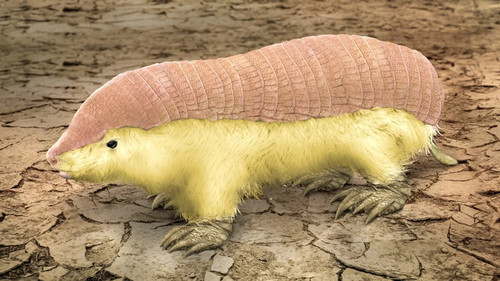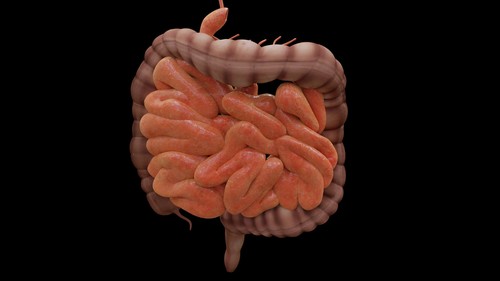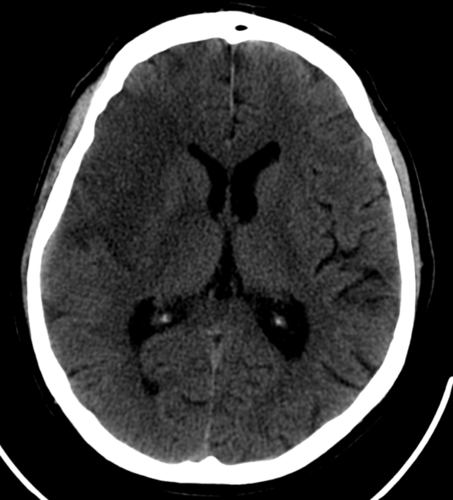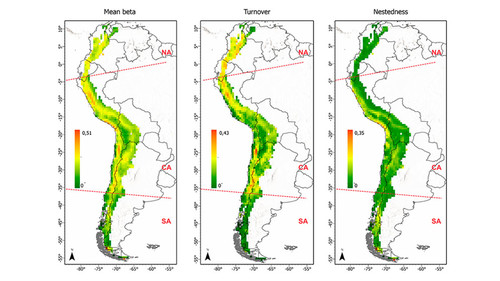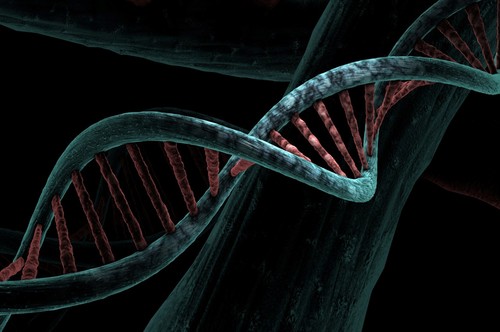Investigan por primera vez la doble capa de piel que distingue a un extraño tipo de armadillo
|
El pichiciego menor (Chlamyphorus truncatus) o armadillo hada rosa es el armadillo más pequeño que se conoce. Por su vida nocturna y subterránea, este mamífero endémico del centro de la Argentina, que llega a pesar apenas 100 gramos y a medir menos de 15 centímetros y que se alimenta de hormigas y otros insectos, ha sido muy difícil de estudiar. Con el objetivo de contribuir a profundizar el conocimiento sobre esta especie, un equipo de investigación del CONICET y la Universidad Nacional de La Plata (UNLP), compuesto por profesionales que se desempeñan en las facultades de Ciencias Naturales y Museo (FCNyM) y Ciencias Veterinarias (FCV), realizó un exhaustivo estudio sobre su sistema tegumentario, es decir la piel y las estructuras que se desarrollan en ella, como pelos y glándulas, y pudo identificar características únicas no solo respecto de las otras especies de armadillos que existen sino también del resto de los mamíferos, como una doble capa de piel y la flexibilidad de casi todo su caparazón, además de otras capacidades biomecánicas para adaptarse a su entorno. Las conclusiones del trabajo fueron publicadas recientemente en la revista científica Journal of Zoology. |
